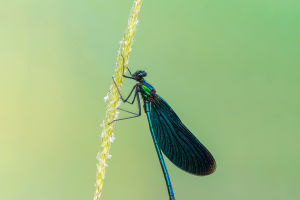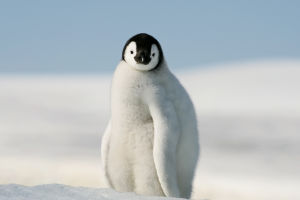The lion, often referred to as the "king of the jungle," is one of the most iconic and revered animals in the world. These magnificent big cats are known for their majestic manes, powerful roars, and complex social structures.
Found primarily in Africa, with a small population in India, lions play a critical role in their ecosystems and have significant cultural importance across various societies.
Physical Characteristics
Lions are distinguished by their powerful builds and striking features. The average adult male weighs between 330 and 550 pounds, whereas the average adult female weighs between 265 and 400 pounds. Males are especially recognized for their impressive manes, which can range in color from blond to black. The mane not only protects fights but also serves as an indicator of health and vitality, attracting potential mates.
Their coat is a tawny hue, which provides excellent camouflage in their natural habitat. Lions possess sharp retractable claws and strong teeth, designed for hunting and tearing through flesh. Their powerful limbs enable them to sprint at impressive speeds, reaching up to 50 miles per hour over short distances.
Social Structure
The social behavior of lions sets them apart from other big cats. They live together in groups known as prides, which usually include a few males, a few related females, and their pups. A pride's structure helps lions cooperate during hunts and defend their territory from rival groups. Female lions are the primary hunters, using teamwork to take down prey such as zebras, wildebeests, and antelopes.
The males of the pride play a crucial role in protecting the group from intruders and rival males. They are known to engage in fierce battles to maintain their dominance, often resulting in the displacement or death of rival males.
Hunting and Diet
As apex predators, lions primarily hunt large herbivores, utilizing their strength and cooperative hunting strategies. Before mounting a coordinated attack, they frequently pursue their prey, getting as near as they can under the cover of tall grasses. Their hunting success rates vary, but group hunts can yield substantial meals that provide the pride with nourishment.
Interestingly, lions do not have the same endurance as some other predators, relying on short bursts of speed rather than prolonged chases. After a successful hunt, lions often consume large amounts of food, sometimes eating up to 15% of their body weight in a single meal.
Conservation Status
Lions face numerous threats in the wild, primarily due to habitat loss, human-wildlife conflict, and poaching. As their natural habitats shrink, lions are forced into closer proximity with human populations, leading to increased conflicts. Conservation efforts are underway to protect these magnificent animals and their habitats. Organizations are working to promote coexistence between humans and wildlife, emphasizing the importance of preserving ecosystems for future generations.
The lion remains an enduring symbol of strength and courage in various cultures and traditions. While they command respect and admiration, it is vital to recognize the challenges they face in the wild. So, Lykkers, by supporting conservation efforts and educating ourselves about the importance of lions in our ecosystems, we can help ensure that these majestic creatures continue to roam the savannahs for generations to come. Whether through documentaries, wildlife safaris, or community initiatives, every effort counts in the battle to protect the king of the jungle.


